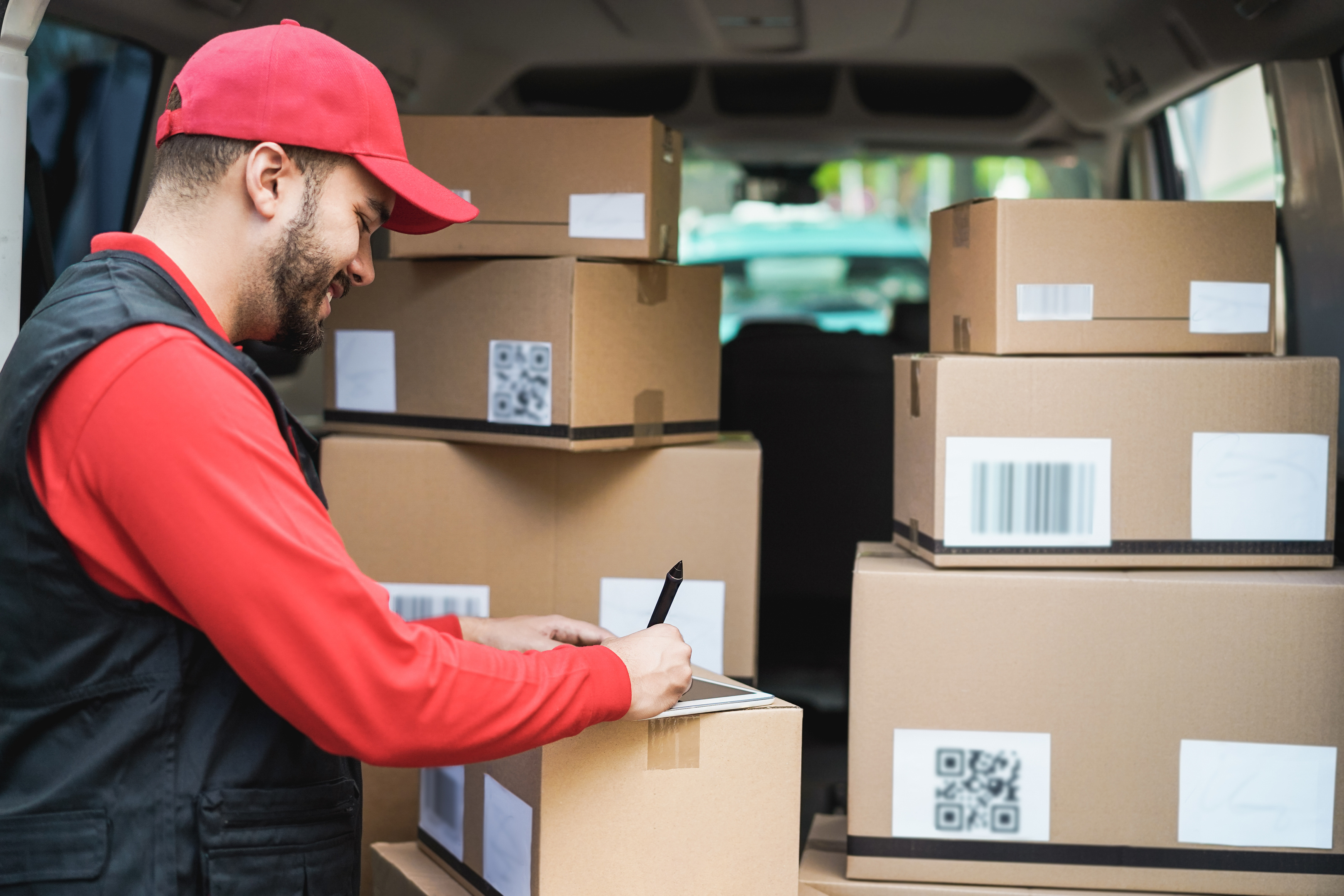
The growth of e-commerce, with individual parcels delivered to customer’s doors, coupled with an increase in the freight task more generally, has led to a huge increase in Aotearoa New Zealand’s urban freight.
Kiwis spent more than $2.2 billion on physical goods online during the first quarter of 2022. That is 31 percent up on the first quarter of 2021, and more than double the amount spent just three years ago. This represents a seismic shift in our behaviour over a remarkably short period of time.
These changes are leading to the use of more vehicles to meet the increasing demand for deliveries, especially within our city centres and neighbourhoods. If not well managed, this, when coupled with increased housing intensification, risks adding to congestion, environmental and safety issues. It could also have a negative impact on things like air quality, noise and our streetscapes - due to parking and unloading issues.
We are looking for innovative solutions to ensure that the growth of urban freight does not negatively affect our environment and people.
Round two will open for applications on 20 February 2023 and close 24 March 2023.